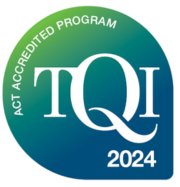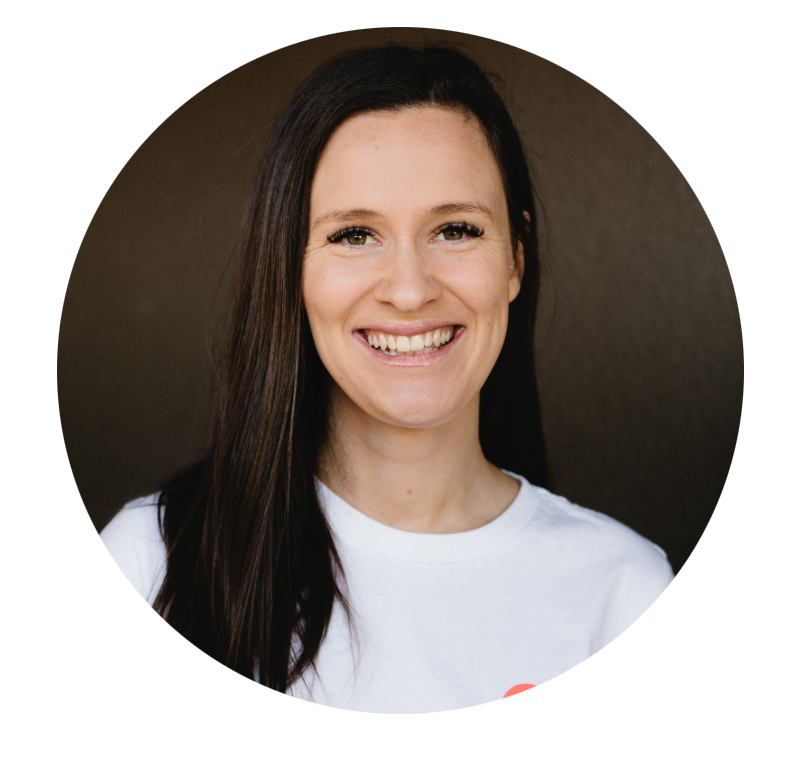Course summary
This course will help you understand what coding actually is, how it applies to the real world and how to step into a primary classroom with the confidence to engage your learners and get them excited for their coding journey.
You will learn:
- What coding is and why it is important.
- An overview of how coding fits into the Australian Curriculum.
- Some useful mindsets to prepare you for teaching coding.
- How to teach students coding in a way that is both engaging and achievable.
Course time:
This course will take you 2 hours to complete. Enjoy it in one session or spread it out over a few weeks. You will have ongoing access via your personal dashboard.
Accreditation:
This course is mapped to the Professional Standards for Teachers. It is accredited for teacher professional development hours in the following states and territories:
Proficient Teacher – all states and territories except NSW:
- 3.3 Select and use relevant teaching strategies to develop knowledge, skills, problem-solving and critical and creative thinking.
This course is not currently accredited in NSW (NESA). However, it can be counted toward NESA PD elective hours.

This course is accredited by TQI for 2 hours of professional development for teachers in the ACT for 2024.
Save
Share this lesson
Copy Link
Copied
Share
Course Content

Introduction

Coding in the Australian Curriculum

Preparing To Teach

Getting Started

Going Online

Your Teaching

Reflection
Course instructors

After completing her Bachelor of Business, Anna Hayes made the change to classroom teaching in 2013. Her education background has included a range of leadership positions. Anna has also worked as the Education Director at Code Like a Girl. Anna is currently studying Cyber Security and is passionate about challenging gender stereotypes through early education.

Jarryd Bendall comes from a long line of teachers, which is why he initially avoided this calling. After a myriad of roles in law, medicine, used car sales, and as the mascot for the Western Bulldogs AFL team, Jarryd eventually taught primary school for a number of years, before combining his love for writing and education in an Education Specialist role with Cool. This role sees him as a bridge between knowledgeable industry experts and classroom teachers, bringing excellence into the classroom and challenging the average curriculum with innovative and effective ideas.
Jarryd will be on hand to answer any questions and help you navigate this course.
Frequently Asked Questions
How long will this take to complete?
This course will take you 2 hours to complete. Enjoy it in one session or spread it out over a few weeks. You will have ongoing access via your personal dashboard.
How does it work?
You will get a Cool.org certificate when you finish, which you can access any time via your personal dashboard, it will also be sent to you by email.
Is this course accredited?
This course is mapped to the Professional Standards for Teachers. It is accredited for teacher professional development hours in the following states and territories:
Proficient Teacher – all states and territories except NSW:
- 3.3 Select and use relevant teaching strategies to develop knowledge, skills, problem-solving and critical and creative thinking.
This course is accredited by TQI for 2 hours of professional development for teachers in the ACT for 2024.
This course is not currently accredited in NSW (NESA). However, it can be counted toward NESA PD elective hours.
What are the curriculum links?
General capabilities: Digital Literacy.

Welcome back!
Don't have an account yet?
Log in with:
By signing up to Cool.org you consent and agree to Cool's privacy policy to
store, manage and process your personal information. To read more, please see
our privacy policy here(Opens in new tab).
Create your free Cool.org account.
Many of our resources are free, with an option to upgrade to Cool+ for premium content.
Already have an account?
Sign up with:
By signing up to Cool.org you consent and agree to Cool's privacy policy to
store, manage and process your personal information. To read more, please see
our privacy policy here(Opens in new tab).